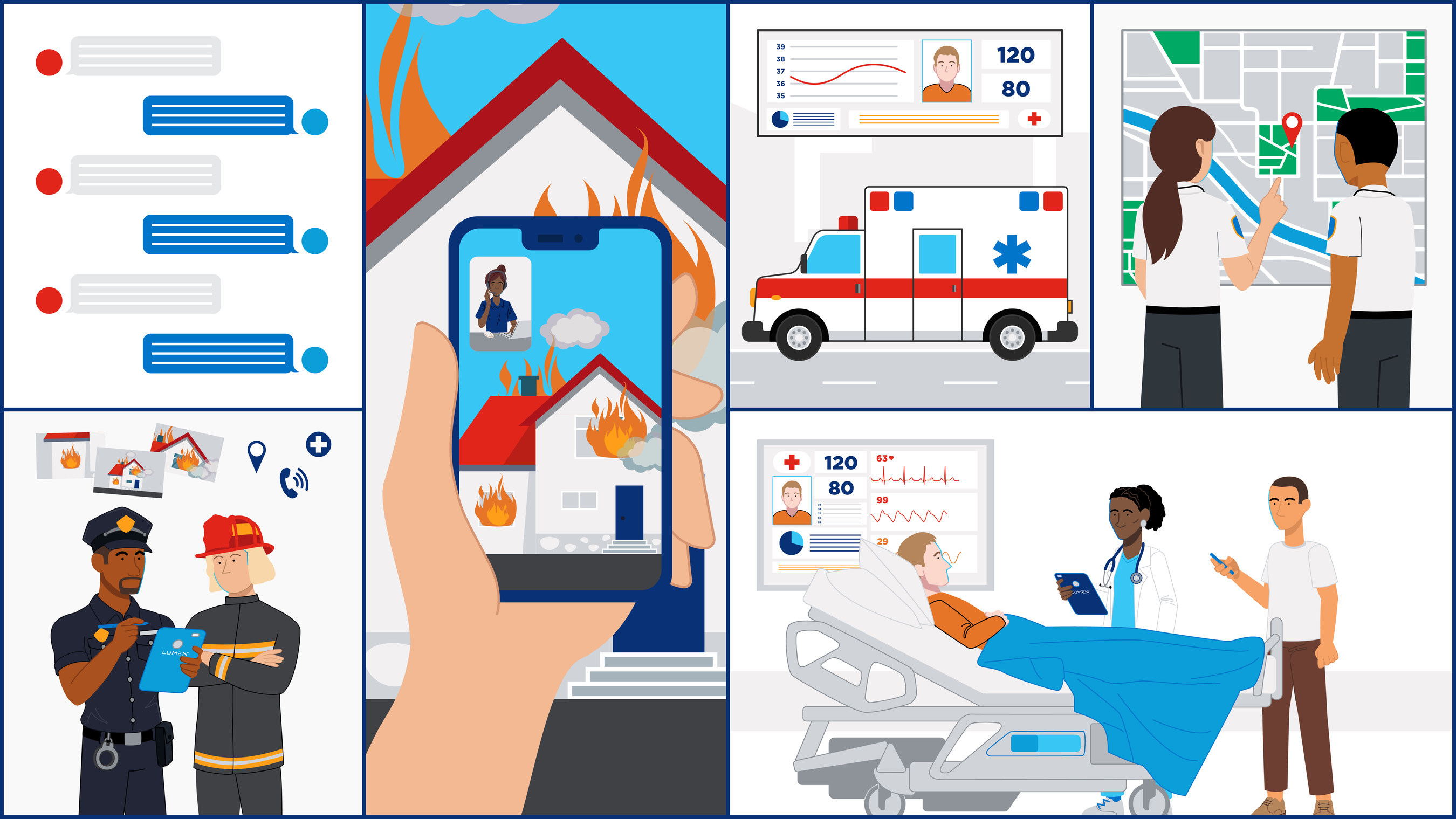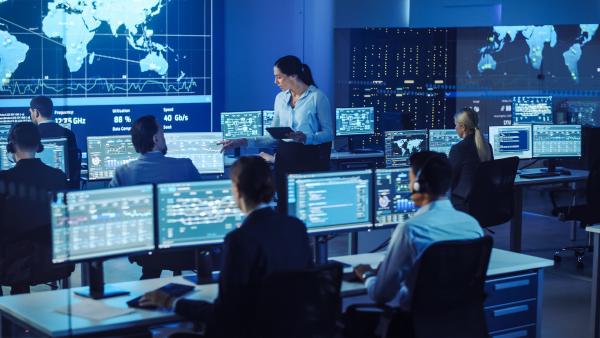Please update your browser.
Our site no longer supports this browser. Using another one will help provide a better experience.
- Home
- News Releases
- Stories
-
back
Stories
- Lumen Lede
- Lumen Blog
- In the News
- Press Tools
-
back
Press Tools
- Brand Assets
- Image Gallery
- Video Library
- Corporate Fact Sheet
- Our Company
Lumen Lede
Related News
Local public safety is getting a makeover for the future. The evolution from legacy technologies to next-generation 911 (NG911) services is underway. It’s a move that will makeover a crucial segment of local public safety that has otherwise been unchanged for decades.
What’s driving the move?
People are increasingly using smartphones and wireless devices to communicate during an emergency. For local agencies, this is creating a larger variety of important, potentially critical data that helps enable faster and more precise responses.
That’s where the need for a makeover comes in. Often, a localities’ aging equipment cannot fully support or benefit from the nuances of this lifesaving data.
“When 911 first showed up, the system was easy to understand because it came from your landline. Today, it’s much more complex technologically,” said Jim Carlson, senior director of public safety at Lumen. “To provide more accurate locations, deliver visual aids, have the information on hand that the person being helped might be too scared or hurt to provide, a lot of tech must come together. A network, the call-handling system, software elements and apps—so much more than a landline. Making it all just work together brings public safety solutions to a new level of help and care.”
Real-world examples of NG911 in:
- California: Call handling software certification brings California NG9-1-1 closer
- New Jersey: Lumen wins Next Gen 911 contract in New Jersey
- Oregon: Oregon’s 9-1-1 Program is First in Nation to Securely Deliver Lifesaving Location Information into Statewide Network
- South Dakota: End-to-end NG9-1-1 Upgrade for 28 PSAPs Across South Dakota
Most NG911 systems require several core components working in tandem to successfully deliver on this public safety evolution: an adaptive network, connected security, cloud call handing, and graphic information system (GIS) data.
- Adaptive network: The network acts as a backbone that, when paired with next-gen services, helps connect public safety answering points (PSAP) to each other as well as to the public. It also provides the bandwidth required to handle video, text and other important digital information that can help first responders.
- Network security: Security must play a key part of the ecosystem or key data transmissions could be vulnerable to interference by cybercriminals and other bad actors. Read more about bolstering security in a public safety ecosystem.
- Cloud call handling: Remote cloud monitoring and control can replace on-premises servers that sit in 911 centers, thus enabling virtual managing, validating and routing of calls and associated data.
- GIS data: The intelligence behind NG911 will come from geospatial, or GIS, data. With this data, NG911 can more accurately pinpoint wireless callers and appropriately direct first responders. This additional information can help provide first responders more information to help them save lives.
“A call to 911 could be the most important, stressful, hopeful call a person makes,” said Carlson. “With so much at stake, NG911 is not a nice-to-have. It’s a call to the future. And the tech that delivers that call can’t be built on the systems of yesterday.”
Tags: NG911
Not all products and services are available in all regions and countries; please contact a representative near you for details.
©
2024 Lumen Technologies. All Rights Reserved. Lumen is a registered
trademark in the United States, EU and certain other countries.










